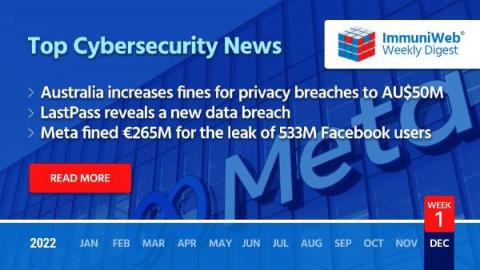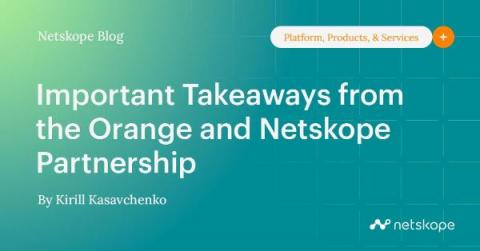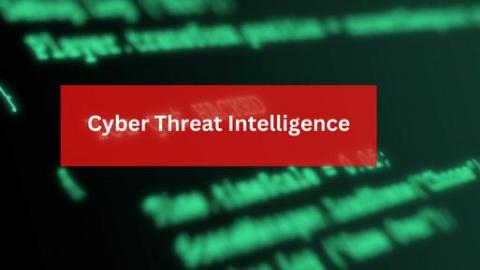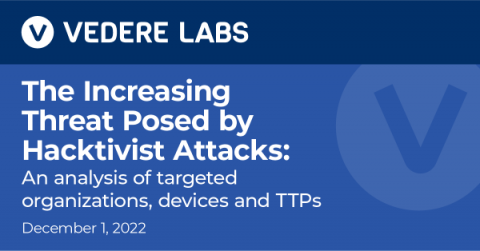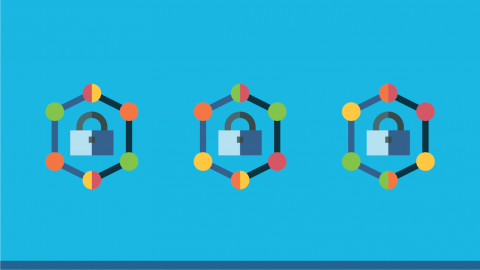How Did Plex Get Hacked in 2022?
Plex was breached by an unauthorized third-party gained who gained access to a proprietary database. The specific attack vector that facilitated the breach hasn’t been disclosed. According to Plex, cybercriminals “tunneled” their way through sophisticated cybersecurity mechanisms to gain access to sensitive customer data.




